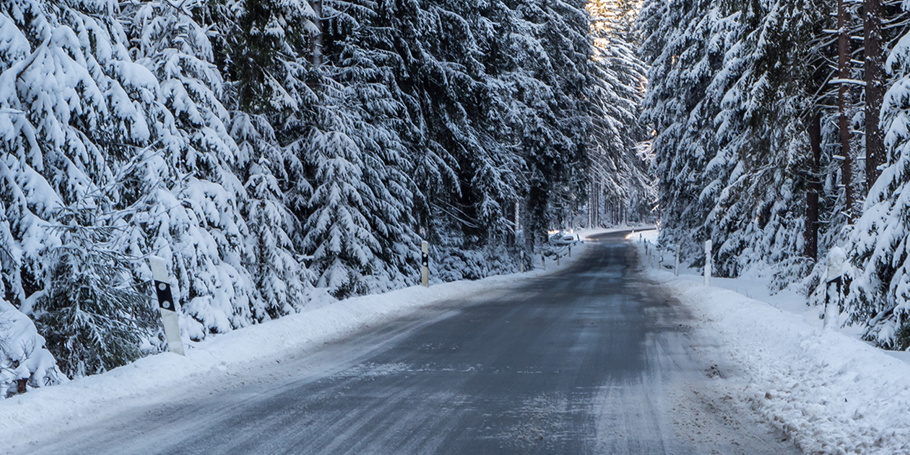Severe winter weather can make driving a challenge for even the most experienced drivers. Extreme cold temperatures make vehicles more likely to breakdown if proper maintenance has not been performed, and heavy snow falls and icy road conditions can cause vehicles to slide off the road and become stuck in snow.
This winter, AAA expects more than 100,000 stranded motorists to call for roadside assistance for vehicle extrication services.
“Performing proper vehicle maintenance and good trip planning could keep you from becoming one of these statistics,” says AAA Oregon/Idaho. “Prevention is key to avoiding vehicle breakdowns, and now is the perfect time to have a certified technician at a AAA Approved Auto Repair facility inspect your vehicle’s ignition system, antifreeze, lights, exhaust, heater/defroster, brakes, tires, windshield wipers and washer fluid, as well as change the engine oil and filter.”
Pack an emergency kit
Motorists are encouraged to carry an emergency roadside kit containing items such as a fully charged mobile phone; blankets/sleeping bags; flashlight with extra batteries; first-aid kit; knife; drinking water; high calorie nonperishable food; extra clothing; waterproof matches; sack of sand, cat litter, or traction mats; shovel; windshield scraper and brush; tool kit; tow rope; booster cables; compass and road maps; and emergency flares or reflectors. Your local AAA Travel Store can help with you fill out or restock your emergency kit.

If stranded in the snow with no help in sight, drivers should not spin the tires as this will only dig the vehicle deeper into the snow. To properly free the vehicle stuck in snow, AAA experts suggest the following:
- Clear away as much snow as possible from around the tires, under the vehicle and near the vehicle exhaust pipe.
- Improve traction by scattering sand, cat litter or some other abrasive material around the front tires for front-wheel drive cars, and around the rear tires for rear-wheel drive cars. Special traction mats are available for this purpose or vehicle floor mats may work in a pinch.
- Place the car in low gear (automatic transmissions) or second gear (manual transmissions) and apply gentle pressure to the accelerator. Ease off if the tires begin to spin.
Rocking the vehicle
- If the vehicle is still stuck in snow, try slowly rocking the car. Ease forward with the car in low gear (automatic transmissions) or second gear (manual transmissions). When the car will no longer go forward, release the accelerator to allow the car to roll back.
- When the vehicle stops its backward motion, apply minimum pressure on the accelerator again. Repeat these actions in rapid succession until the vehicle rolls free. CAUTION: do not rock the vehicle for prolonged periods as serious damage to the automatic transmission or clutch may occur.
- If others are available to help, have them push to assist the car’s rocking motion. People pushing the vehicle should not stand directly behind the wheels because of the risks from flying gravel, sand and ice. Also, they should be aware of their physical limitations. Footing can be hazardous, and overexertion can be especially dangerous in cold weather.
If it’s still stuck in snow
- If the vehicle cannot be freed, set up reflectors, flares or other signal devices as soon as possible to alert passing motorists.
- Before abandoning the vehicle, carefully assess the weather conditions. In extreme cold or in heavy snow, stay with the car until rescuers arrive.
- If staying in the car, tie a bright cloth to the antenna to alert rescuers. If running the engine for warmth, make sure snow does not block the exhaust pipe. That could cause dangerous fumes to backup inside the car.
- If you can leave your vehicle and reach shelter safely, contact AAA and request service.
Motorists looking to prepare their vehicle for winter can locate a AAA Approved Auto Repair facility staffed with certified technicians by visiting the automotive page at AAA.com.
Motorists needing roadside assistance may call AAA anywhere in North America, 24 hours a day, and 7 days at 1-800-222-4357 by or requesting service online.


